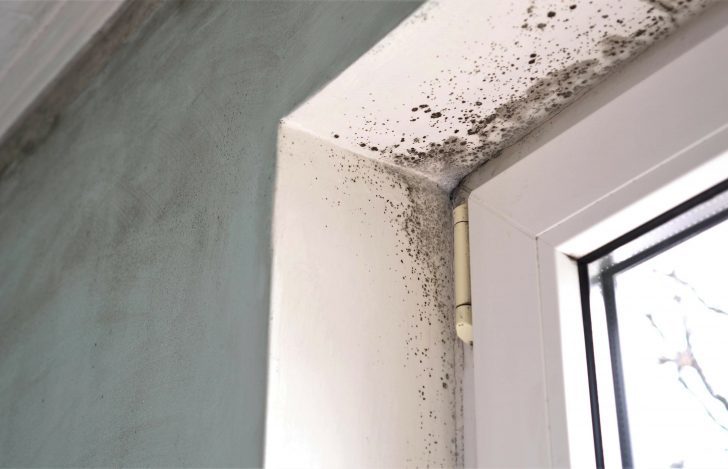A Look at Constructive Evictions and Uninhabitable Conditions

21Oct
A Look at Constructive Evictions and Uninhabitable Conditions
Whenever you rent or lease a unit from a landlord, you're guaranteed habitable conditions. This means that your space must be in such a condition that it's livable and safe for someone to reside there. If it gets to a point where the conditions aren't acceptable and you realize that you just can't stay anymore and must leave the unit, what happens? What rights do Bay Area tenants have in these situations? Read on to learn about uninhabitable conditions and constructive evictions.
What are Habitability Issues?
California law ensures that when a landlord rents out a unit that it must be habitable. This is referred to as the warranty of habitability. Specifically, the law requires that certain conditions must be in place prior to a unit being available and continues when the tenant moves in. This includes the following:
- The roof and exterior walls have efficient waterproofing
- Plumbing and gas facilities are up to code and effectively maintained
- The water supply provides hot and cold water
- Proper lighting and heating
- There are sufficient trash containers on the premises
- The building and premises are clean and free from pest infestation
- Appropriate locks are present to secure the building and premises
Landlord's Duty to Repair
The landlord has a duty to make any and all necessary repairs to ensure that these conditions are met. However, the tenant also has a duty to keep their rental and the premises clean and to use the property for the intended use.
Landlord's Duty to Maintain
With time, all homes and apartments are subject to wear and tear and inevitably, the place will fall victim to decay, and some parts won't work well. When this happens, you must notify the landlord of the need for repair. Usually they will fix it within a reasonable time, and all is well. However, if they don't, then the situation can turn into an uninhabitable condition.
What are Uninhabitable Conditions?
Although each situation is based on specific facts, typically an uninhabitable condition exists when there are serious risks to your health (like a mold problem) or your safety. For instance, if there is a small hole in the wall, it might only be an inconvenience or an aesthetic problem. However, if the hole is causing pests to enter, then it would be considered an uninhabitable condition.
Constructive Eviction
If the situation reaches the point where the premises are no longer suitable for living and the landlord hasn't fixed the problem after being notified, the law allows the tenant to abandon the premises. This is based on the notion of constructive eviction. Here, the landlord is basically forcing the tenant out by not making sure that the unit is habitable. While the law does support abandonment by the tenant, it is not something that should be entered into lightly; tenants should discuss this with a lawyer familiar with these issues.
Contact a Tenants' Rights Attorney Today
If you're a tenant in the undesirable position of dealing with habitability issues, act in your best interests and connect with a skilled tenants' rights attorney. A Wolford Wayne attorney is ready to speak with you and give you guidance as to how to deal with your landlord in these difficult times. Contact us today for next steps.
Related Posts You Also May Like
Get Started
For more information or to discuss your legal situation, call us today at (415) 649-6203 for a phone consultation or submit an inquiry below. Please note our firm can only assist tenants residing in San Francisco, Oakland & Berkeley.





